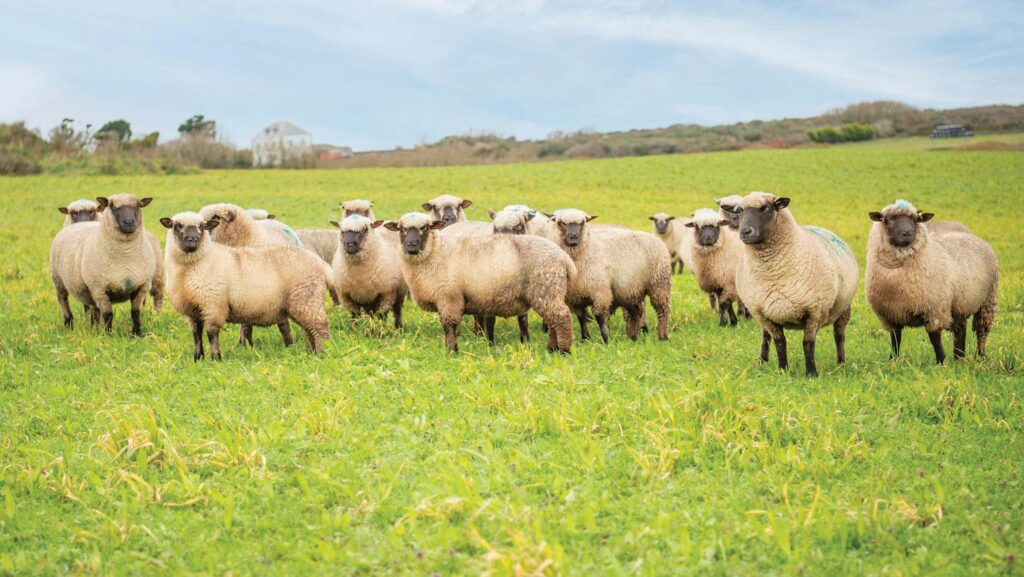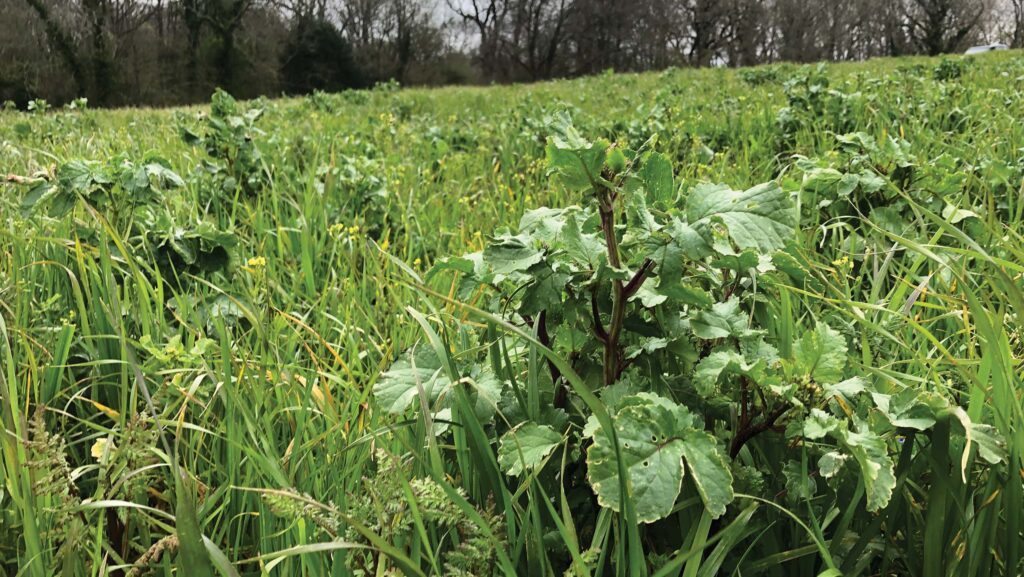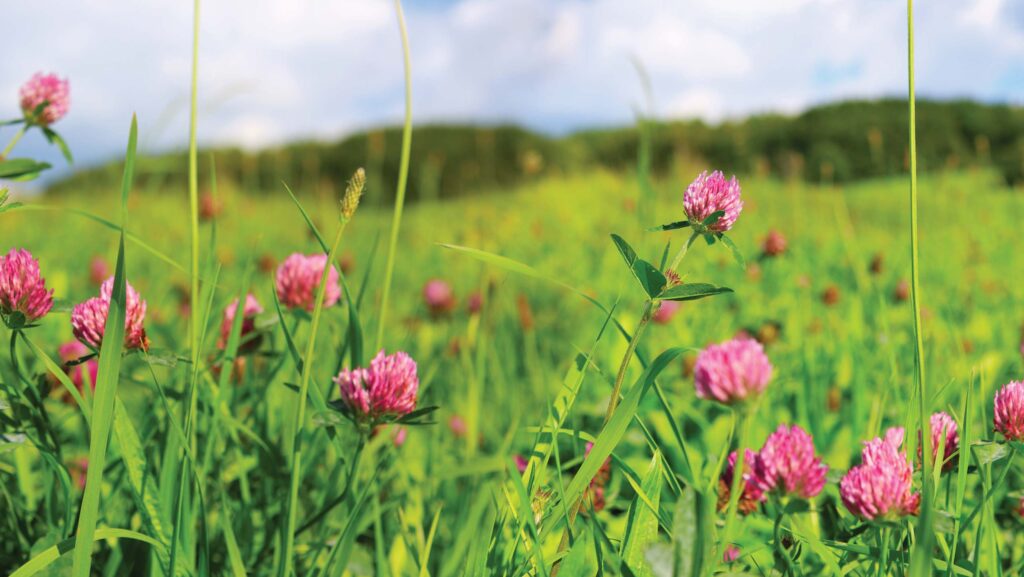SFI 2024 changes: What they mean for arable farmers
 © Farlap/Alamy Stock Photo
© Farlap/Alamy Stock Photo Arable farmers considering the expanded Sustainable Farming Incentive (SFI) 2024 scheme are being reminded that changes to actions and agreements were introduced in early August.
The Defra update provided some much-needed clarification on the 102 actions available and detail on additions to the capital grants offer, as well as outlining the process for getting consent for actions on sites of special scientific interest (SSSIs).
Headline changes
Chief among the changes is that both CNUM3 legume fallow and CSAM3 herbal leys can once again be rotational (see “Legume fallow clarification”) and that many of the new capital items announced support agroforestry tree planting.
See also: Why low disturbance subsoiling raised yields in trial
It has also been made possible to add supplementary actions to the 23 base actions in SFI 2023, not just SFI 2024, broadening the scope of the scheme and bringing extra possibilities for income.
As a result, AHW2 supplementary bird food can now be added to the base AHL2 winter bird food action in SFI 2023, boosting the £853/ha payment received from this popular action.
In the same way, Ceres Rural highlights that either of the two haymaking supplements can be added to the low-input grassland actions, taking the payment above £300/ha.
Wording and advice
Alongside these major changes, the wording of many actions has been tightened up to help growers achieve the aims, and there is new voluntary advice included for every action.
This has removed some of the ambiguities that concerned growers and advisers, as well as helping to explain what Defra considers to be good practice.
As expected, the number of actions where use is limited to 25% of the farmed area has increased from six to 10 (see “Limited-area actions”).
Ending existing agreements
The update also clarified that from September 2024 it will be possible to end existing Mid Tier Countryside Stewardship and Higher Level Stewardship agreements early, to apply for the SFI.
But the timing of doing that is critical – stopping an agreement before the end of the current agreement year means you will sacrifice payment for the part of the year completed.
Full payment is received only if the timing coincides with the end of the current agreement year.
Adding actions or land
Less positive for many growers was the confirmation that it will not be possible to add land or actions on the anniversary of an existing agreement.
Chloe Timberlake, an associate at Ceres Rural, explains: “This means you will have to start a new agreement if you want to expand the SFI on your farm or be more ambitious in what you deliver.
“It seems as though multiple agreements are inevitable.”
She also highlights that it remains to be seen how this will affect rotational actions. “It may limit where they can be moved to,” she says.

AHW1 bumblebird mix © MAG/Emma Gillbard
Endorsed actions
Since the early August update, the first endorsed action has been launched, although GRH6 priority habitat species-rich grassland is more likely to appeal to livestock producers than cereal growers.
A five-year static action that pays £646/ha, it requires approval from Natural England once an application has been submitted to confirm that the land is suitable.
It’s the first of a suite of endorsed actions, which target certain priority habitats or species and heritage features, all of which will involve liaison with either Natural England or Historic England.
Details on the others are expected later this year.
Limited-area actions
With another four actions included in the latest update, there are now 10 actions which are limited to 25% of the farmed area. The new ones are:
- WBD3 in-field grass strips
- AHW1 bumblebird mix
- AHW9 unharvested cereal headland
- AHW11 cultivated areas for arable plants
Existing ones are:
- IGL1 take improved grassland field corners or blocks out of management
- IGL2 winter bird food on improved grassland
- AHL1 pollen and nectar flower mix
- AHL2 winter bird food on arable and horticultural land
- AHL3 grassy field corners and blocks
Legume fallow clarification

© Adobe Stock
Allowing legume fallows, which attract a payment of £593/ha, to be either rotational or static was one of the most welcome changes made in the latest Defra update, with one farmer commenting that “common sense has prevailed”.
The wording for the three-year action now specifies that legume fallows must be established by the autumn and be maintained at the same location for a period of time that can reasonably be expected to achieve the action’s aim.
The accompanying text notes that this will “usually be until the end of the second summer of sowing”.
That puts an end to the practice of establishing a legume fallow in the spring and removing it in the summer of the same year – something that prompted quite a lot of discussion, given the leeway allowed.
Instead, growers are advised to use the new spring- or summer-sown cover crop actions, which have a lower payment of £163/ha, for this purpose.
Advisers point out that for a fixed location, the three-year actions such as CAHL1 (pollen and nectar flower mix, £739/ha) and CIPM2 (flower-rich grass margins, £798/ha) may suit better, with the twin benefits of paying more and meeting environmental aims.

